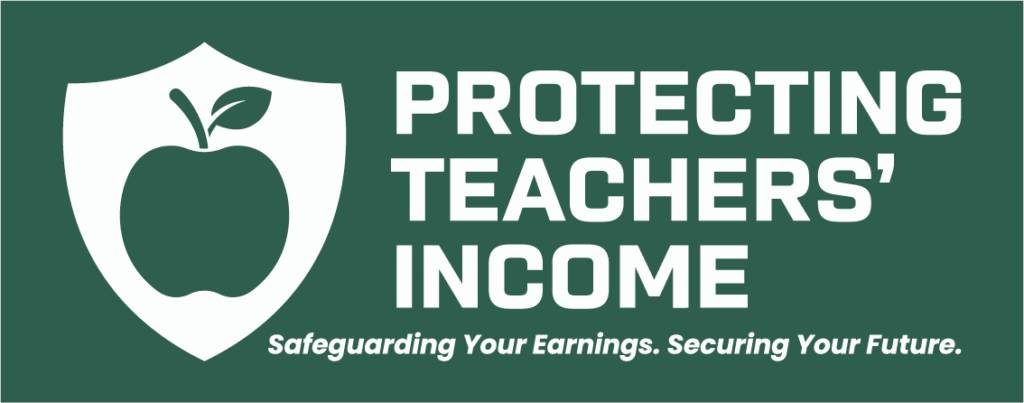
What the Department of Education Shutdown Could Mean for Public Schools — and Why Teachers Should Pay Attention
📅 On March 20, 2025, an executive order was signed to begin the process of phasing out the U.S. Department of Education — a move that could carry significant implications for educators, students, and public schools across the country.
While the order itself does not immediately eliminate the department (doing so would require congressional approval), it signals a major shift in how education policy, funding, and oversight could operate moving forward.
For educators — especially those in public schools — this change raises urgent questions that deserve attention now, not later.
🔄 A Shift Toward State and Local Control
One of the central goals of the executive order is to return education authority to state and local governments.
✅ Supporters say this will allow schools to better tailor programs and curricula to local community needs.
⚠️ Others express concern that the shift could result in inconsistencies between states — and in some cases, reduced federal support for essential programs.
📚 What Could Be Affected?
The Department of Education currently oversees programs that directly or indirectly impact millions of teachers and students:
🏫 Title I Funding: Supports schools in low-income communities
♿ IDEA Grants: Ensure services for students with disabilities
🎓 Teacher Training and Development: Funds professional growth and classroom impact
⚖️ Civil Rights Protections: Enforced by the Office for Civil Rights
If these responsibilities are decentralized, educators may see changes in how these programs are funded, administered, or prioritized — with potentially wide variation from state to state.
👀 Why Teachers Should Watch This Closely
Even if classroom instruction remains steady in the short term, the long-term structure of public education may shift — affecting:
💰 School budgets
🧾 Teacher salaries
🔐 Job security
As more control moves to the state level, resource disparities could widen, particularly in underfunded districts.
It’s a good time for teachers to monitor how their own state and district respond. Will local policies step in to replace federal oversight? Will support services, benefits, or retirement contributions change?
🧭 A Time to Stay Informed and Prepared
This isn’t a time for alarm — but it is a time to be prepared.
The evolving policy landscape highlights how essential it is for educators to stay:
🔍 Informed about local and national policy
🗣️ Engaged in school board and budget discussions
🧩 Aware of how funding and benefits may shift
💼 We’re Here to Help
At Protecting Teachers’ Income, we’re committed to supporting educators through change — whether it’s federal policy updates, shifts in funding, or unexpected transitions in your career.
We’re here to help you understand what these changes might mean for your classroom, your paycheck, and your financial security.
🎁Bonus: Free Resources for Educators
As a thank you for reading, we’re offering two free resources to help you take action:
📘 Bonus Resource
Download the Income Protection Workbook for Educators — includes income protection and benefit ideas, long-term care prompts, pension tips, and a checklist to assess your current strategy.
👉 Get the Free Income Protection Workbook
📞 Still have questions? Let’s talk.
👉 Book Your Free 15-Minute Call
Talk soon,
Walter Johnson
Founder, Protecting Teachers’ Income
CA Insurance License OJ15814
✉️ walter@ProtectingTeachersIncome.com
🌐 www.ProtectingTeachersIncome.com

